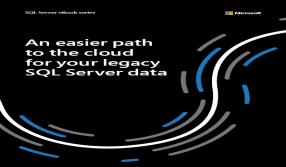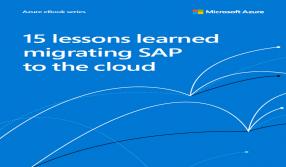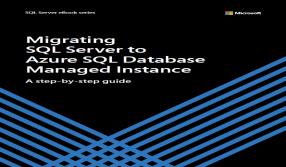Spatial Economics: The Declining Cost of Distance
- BY MYB
 In Aspire & Lead
In Aspire & Lead 2280
2280 0
0

For centuries, the cost of distance has determined where businesses produce and sell, where employers locate jobs and where families choose to live, work, shop and play. What if this cost fell dramatically, thanks to new technologies?
The cost of distance, or spatial economics, is a critical calculation for businesses and individuals. Distance can inhibit business growth by making it more expensive to ship a product, for example, or less convenient to visit a store location. Distance is related to both density and scale. Business owners know that the minimum retail shop size to turn a profit is linked to the population density within a given radius. The industrial revolution created similar dynamics 200 years ago for manufacturers and other large employers, concentrating workforces to support large-scale production. Now, advanced economies are primarily service-based, but living patterns are still highly concentrated and ripe for disruption.
Over the next decade, the declining cost of distance will release those age-old constraints, making new combinations of distance, density and scale economically viable. Individuals may opt to live further from city centers, for example, as advances in transportation and connectivity allow them the abundant space of a rural town combined with many of the employment options, goods and services once available only in cities.
At the same time, many cost-based constraints on businesses will diminish, creating new opportunities. Advances in technologies such as robotics and 3-D printing will allow companies to run small, efficient manufacturing units closer to the customer, tailoring products more quickly to evolving local tastes. Alternatively, firms may outsource the final production of goods to neighborhood 3-D printers. As they embrace these technologies, companies will become less dependent on concentrated workforces to optimize production.
To prepare for a post-urban economy, forward-looking companies are examining the implications for their own industries. Four early actions can help leadership teams keep one step ahead of the coming transformation:
- Evaluate the risk of developing stranded assets
- Review supply, distribution and logistics chains with an eye to stripping out distance costs
- Incorporate new technologies into existing workflows to test and learn
- Anticipate the migration of human capital and talent
No one can predict the exact evolution of economy and society as the cost of distance declines. Much will depend on the speed of technological change and the confluence of breakthroughs. However, one thing is clear: Spatial economics will shake up long-held assumptions about economies of scale and opportunities for growth in ways both expected and unexpected.











